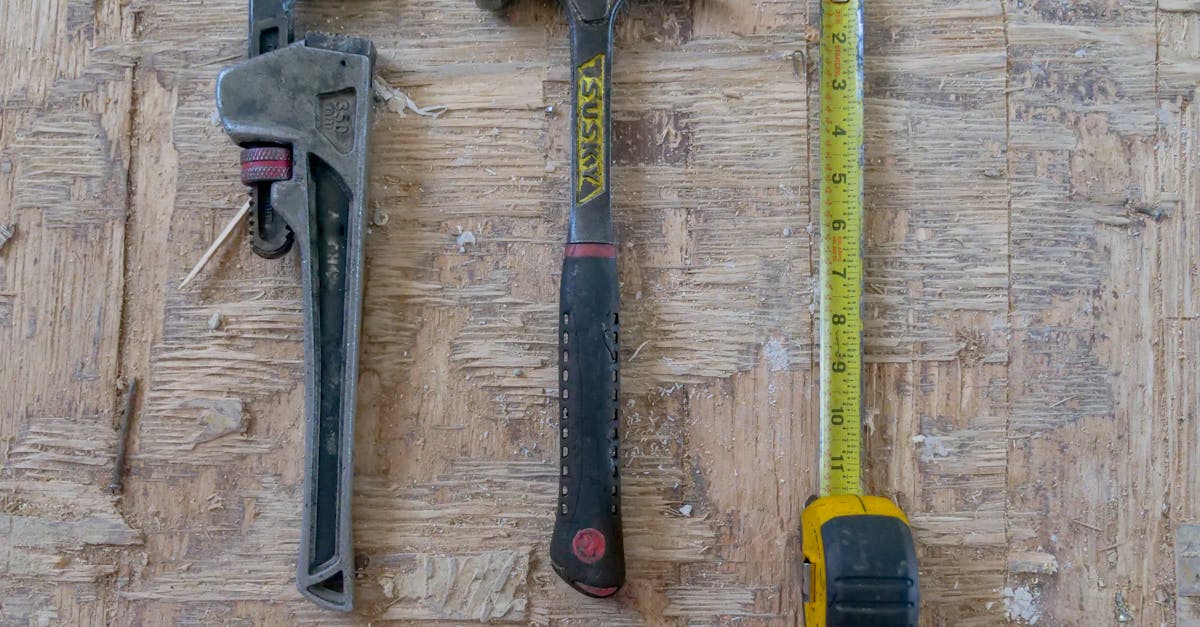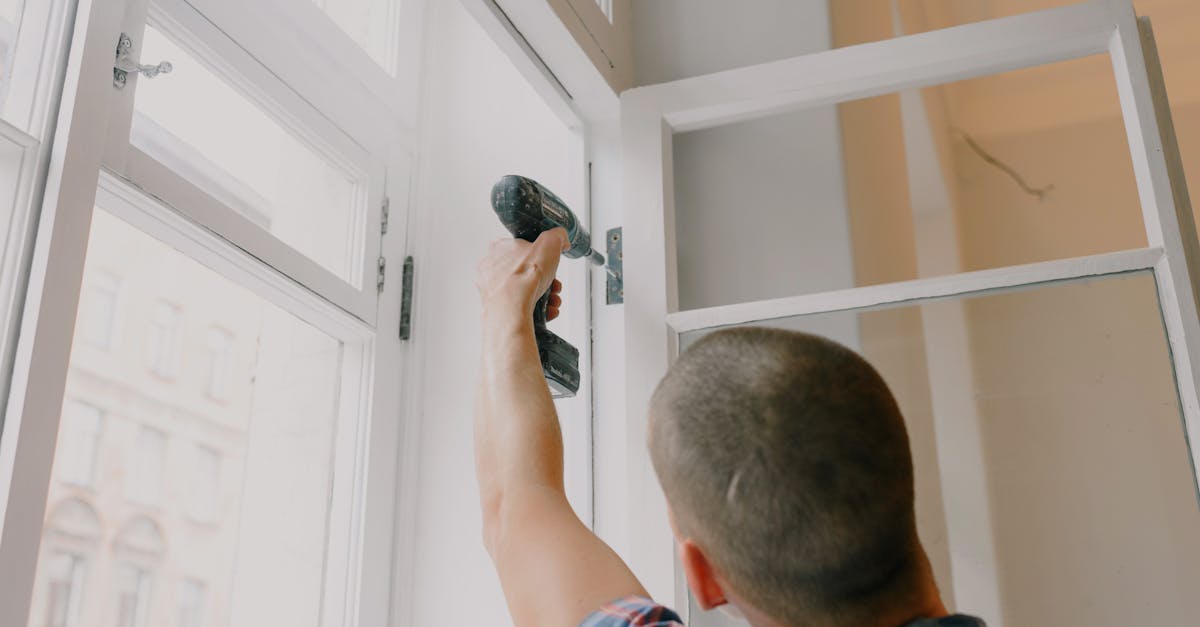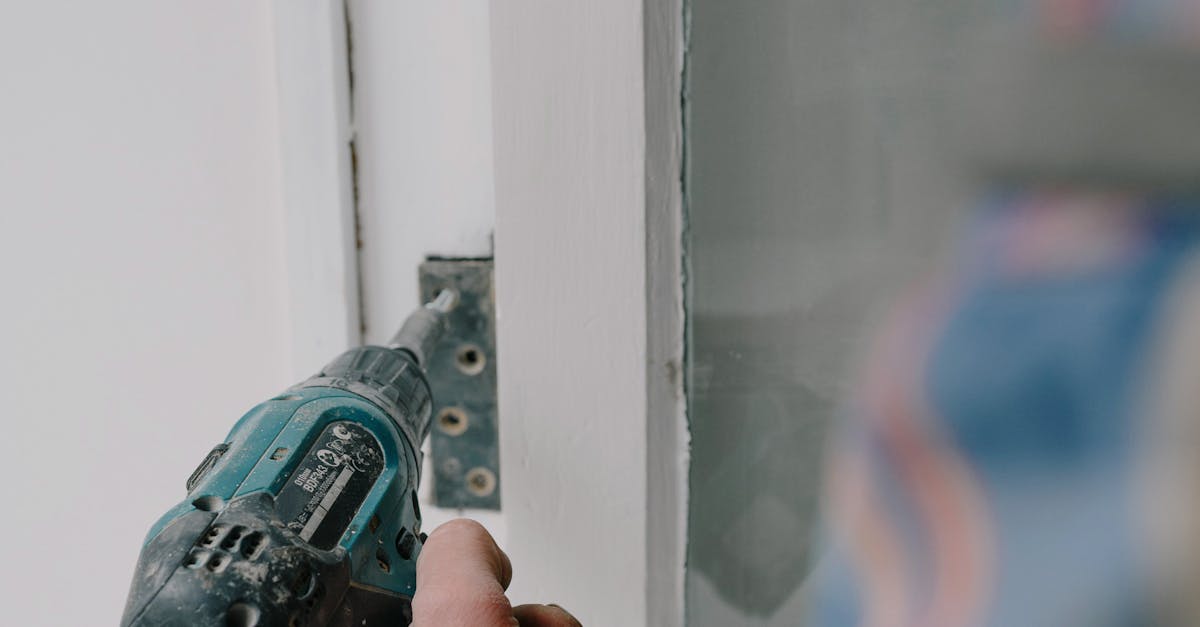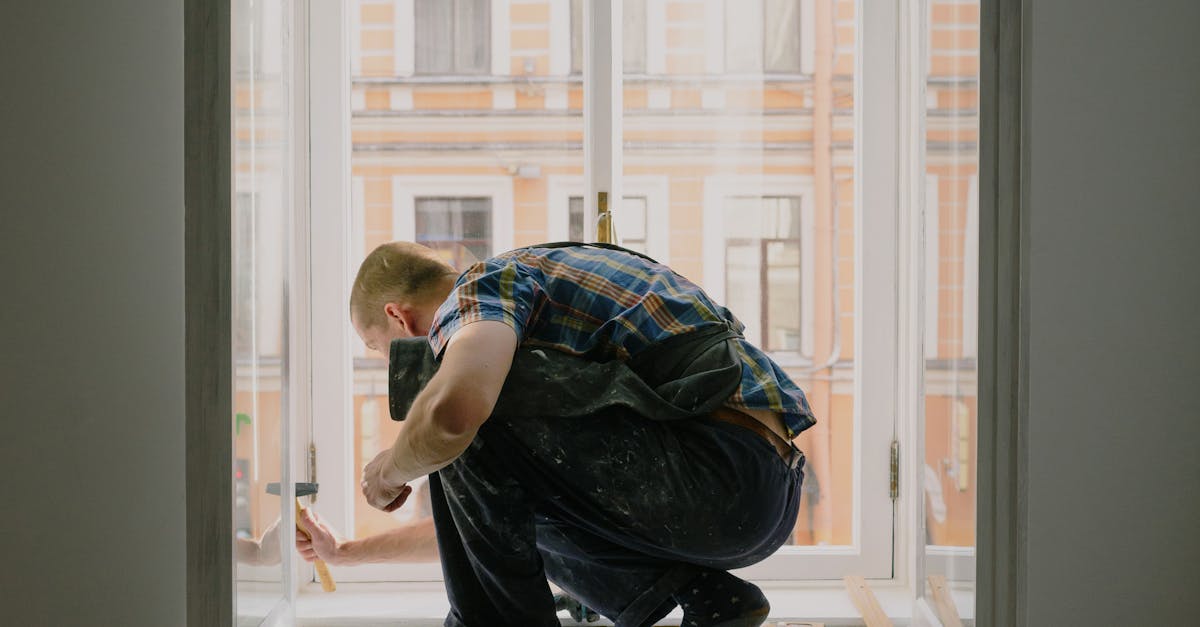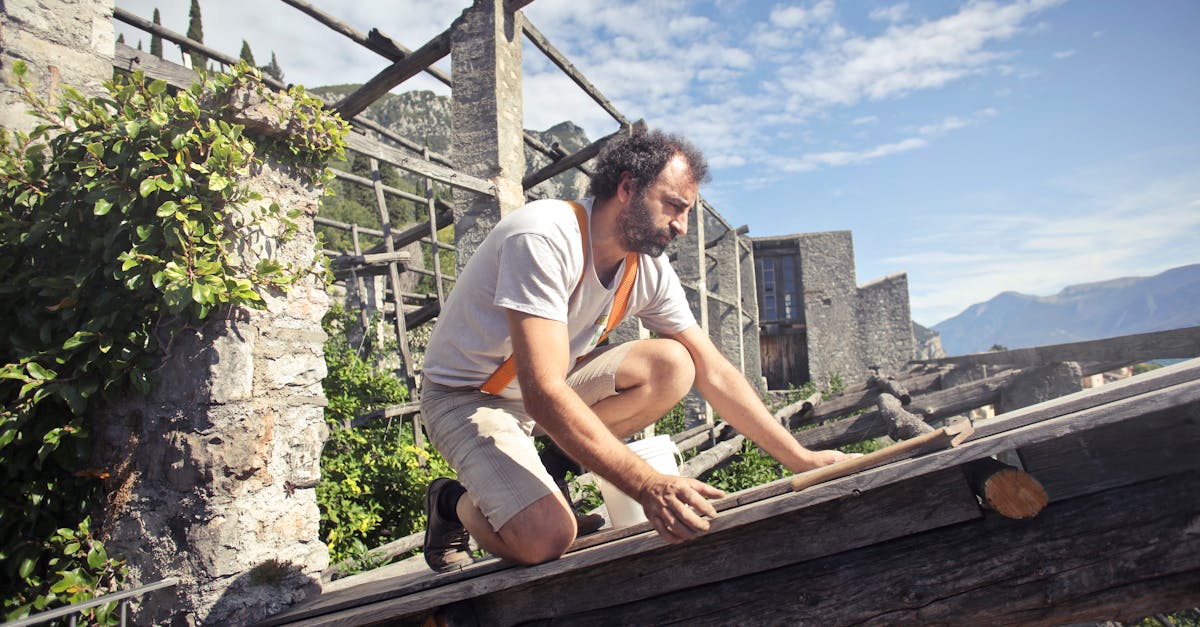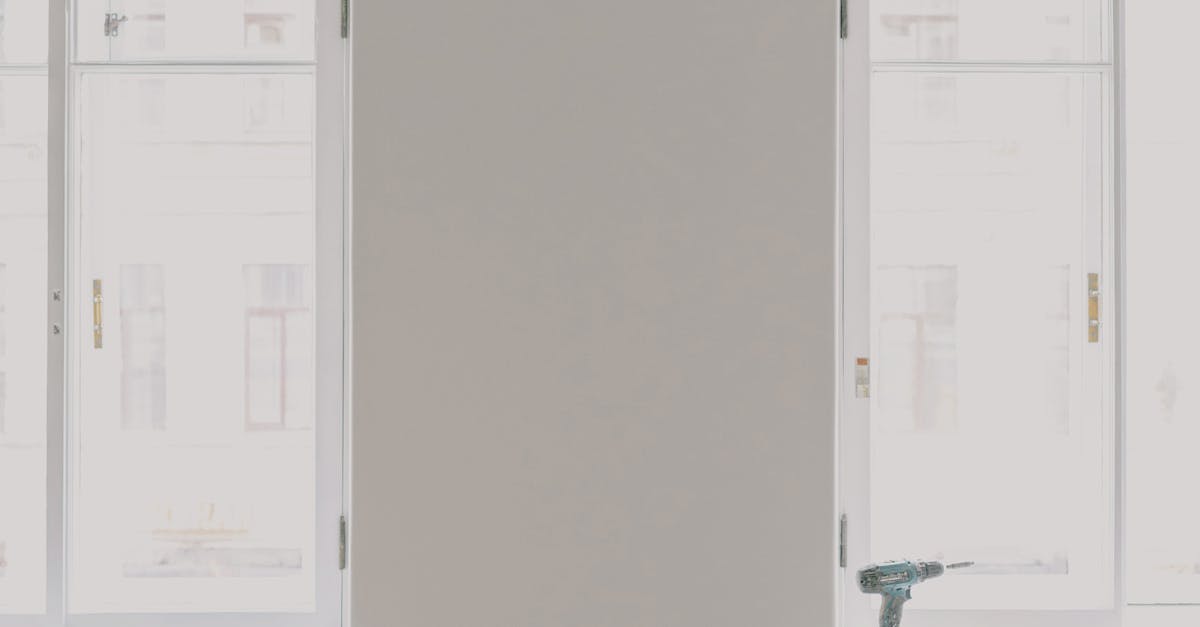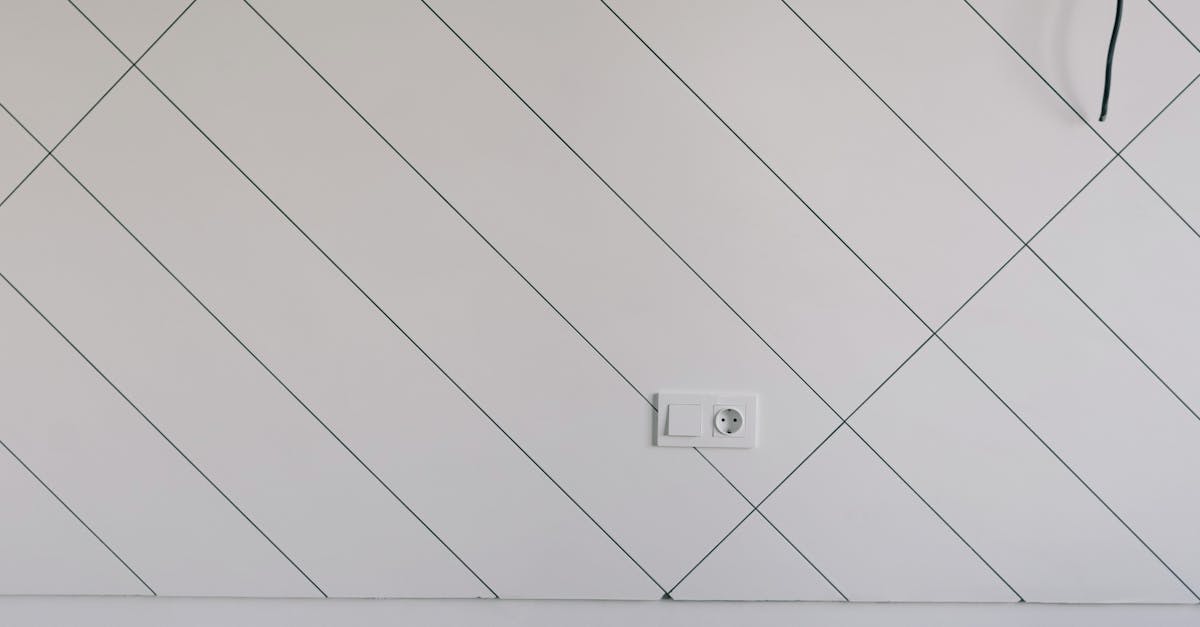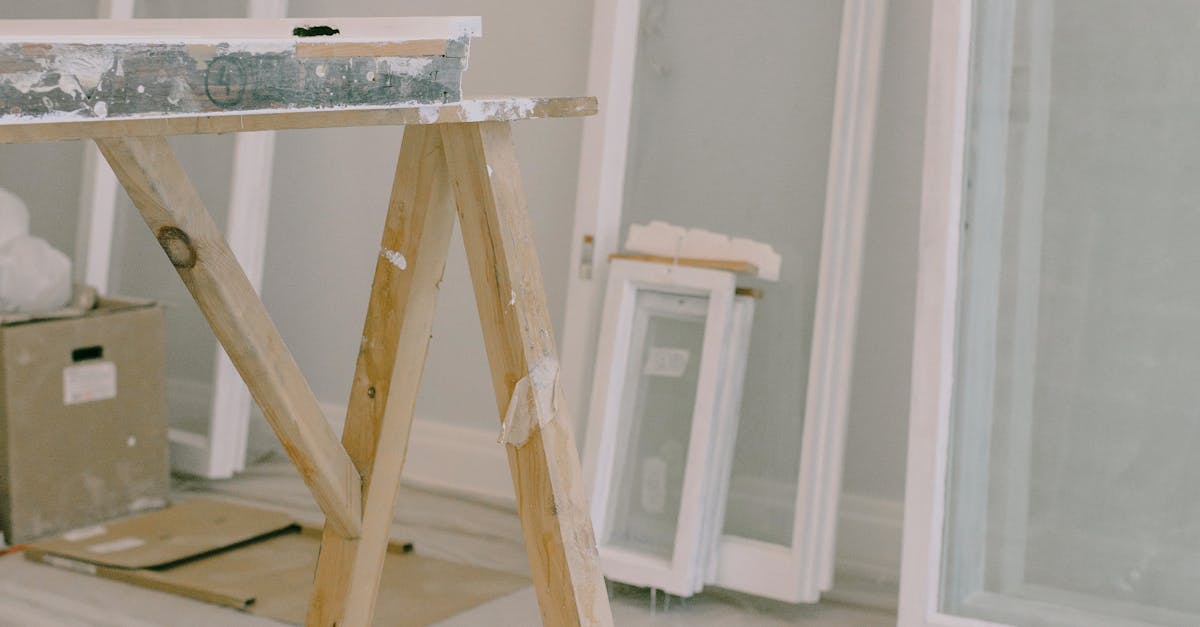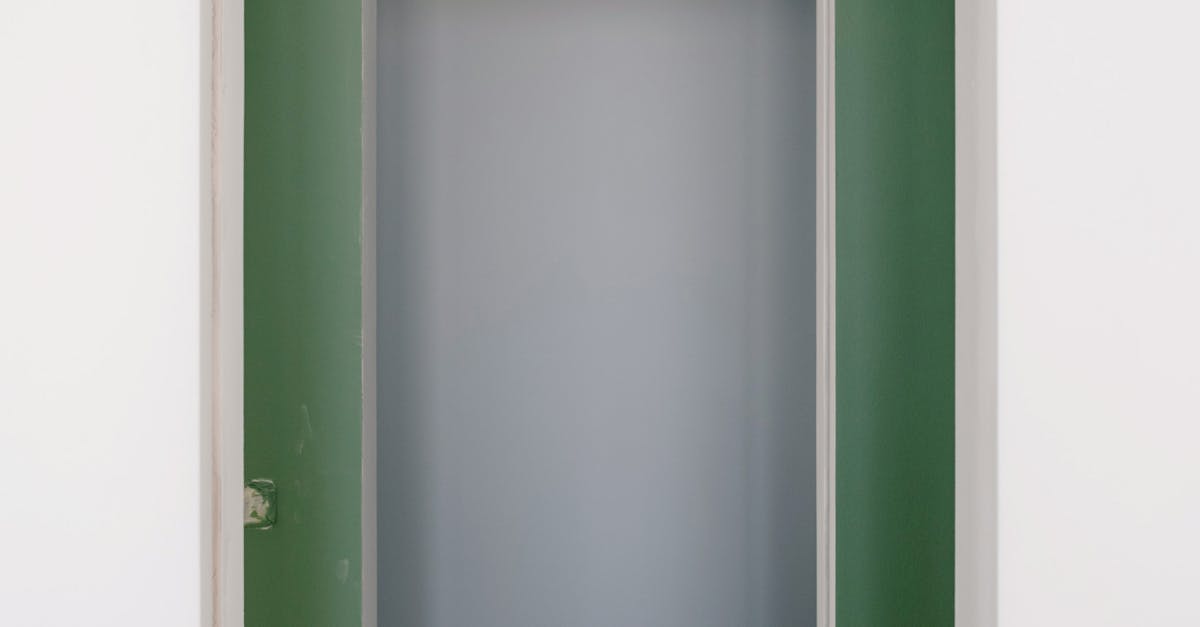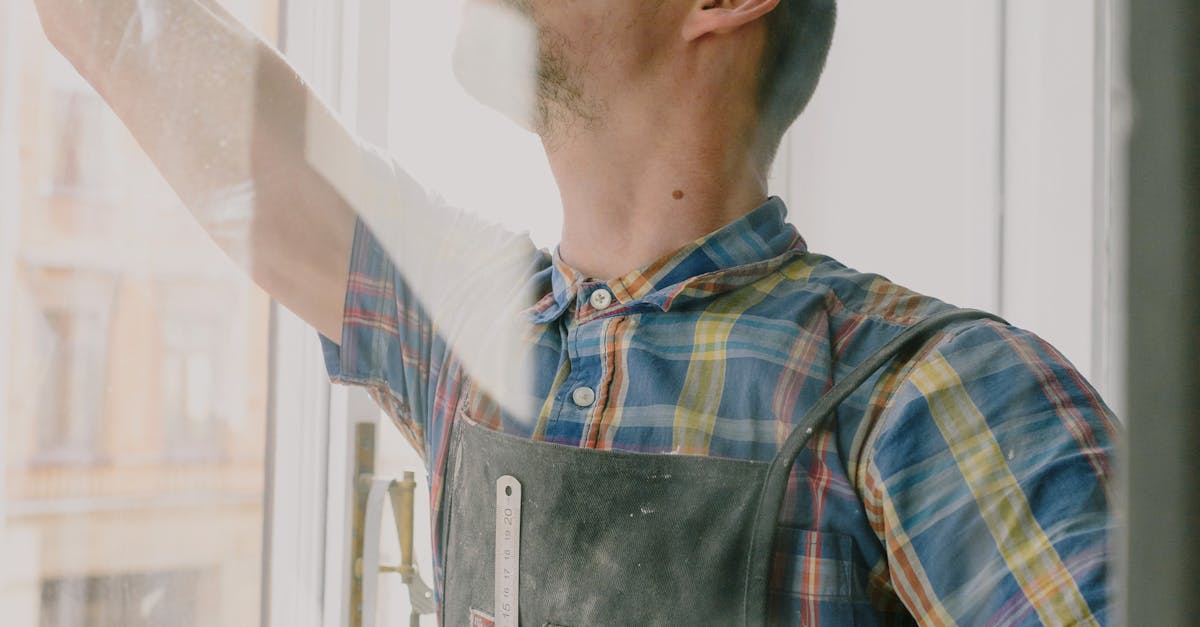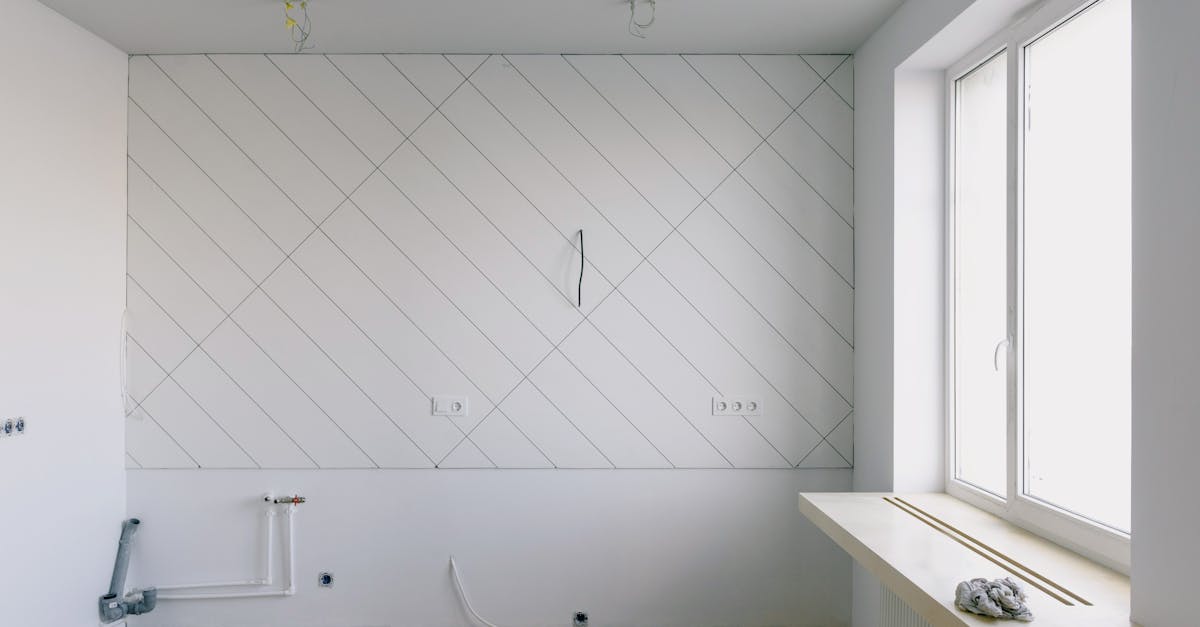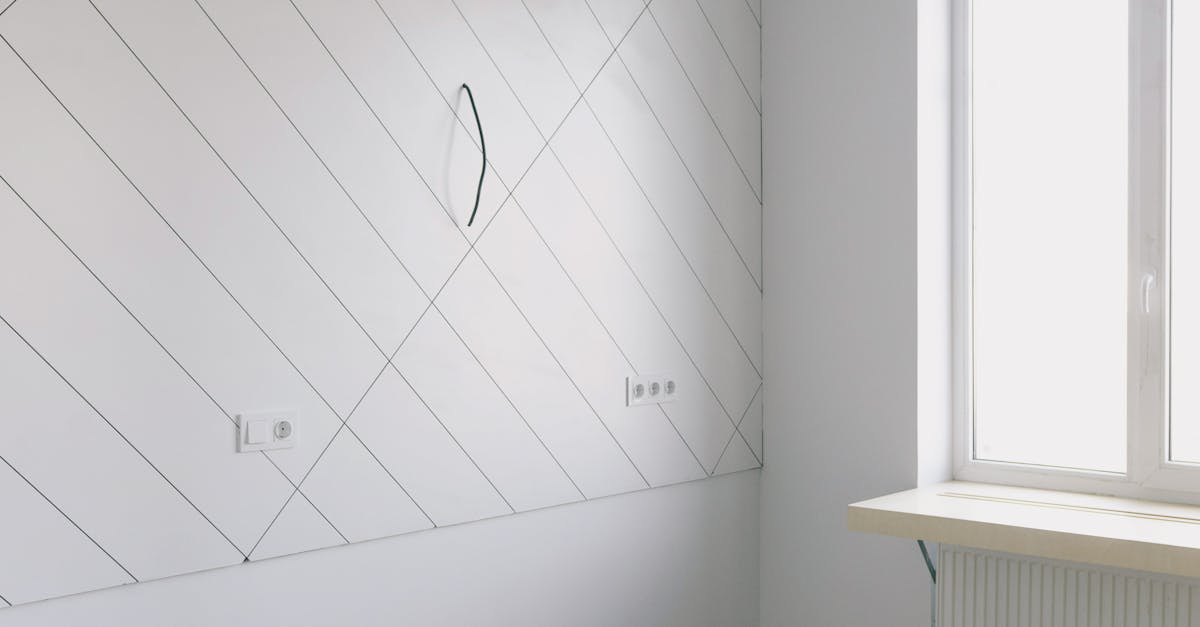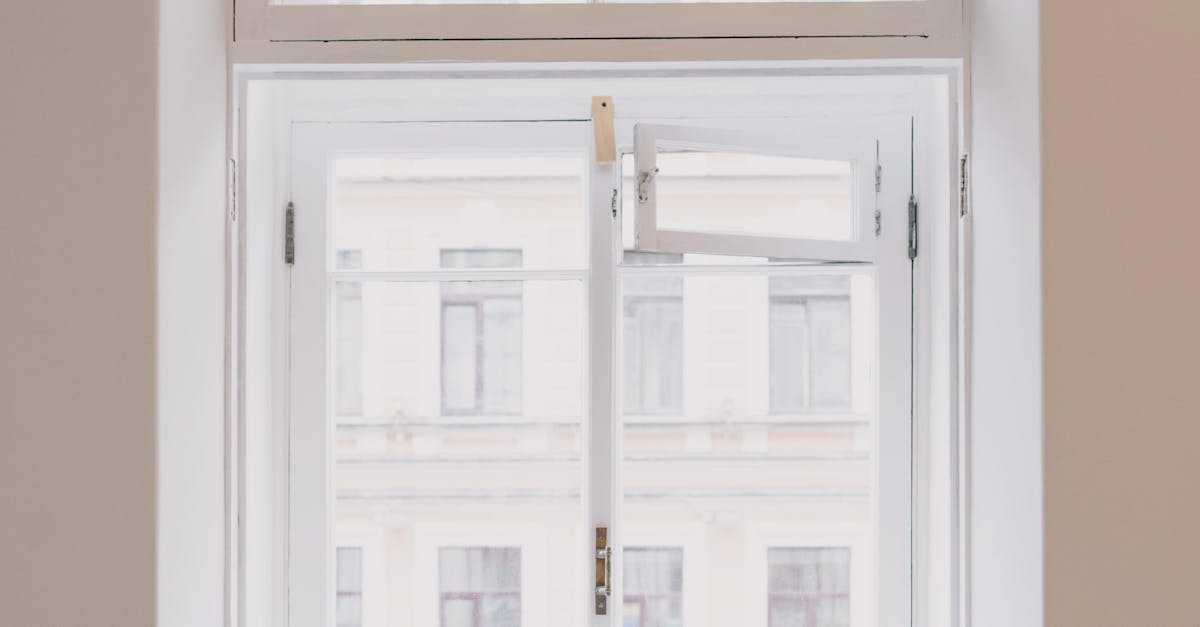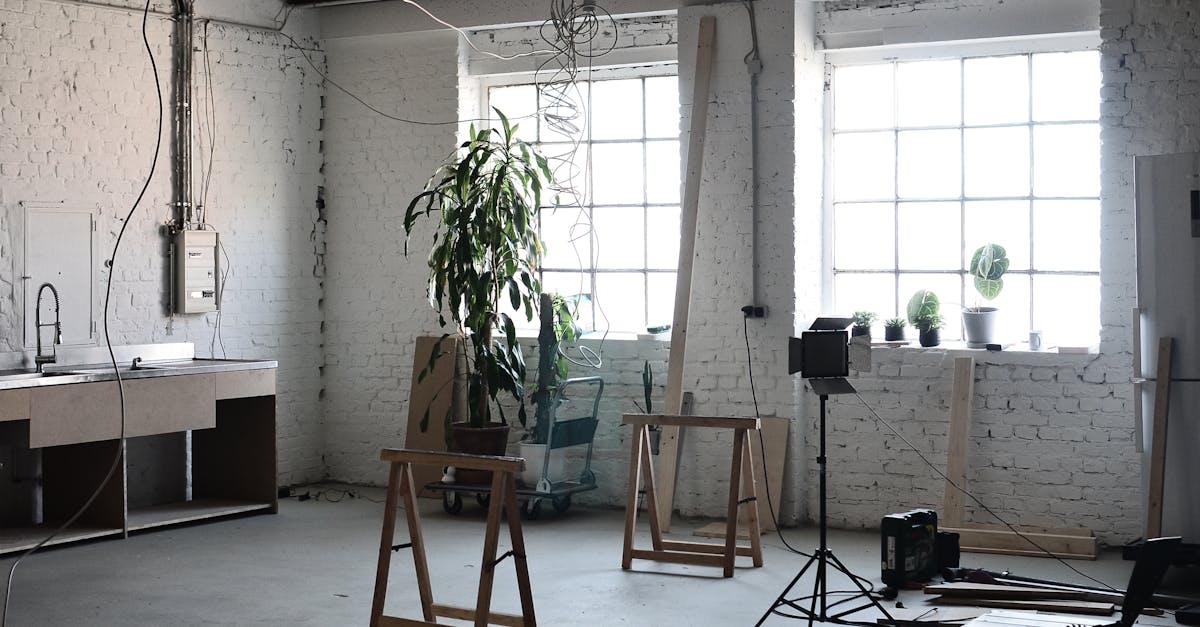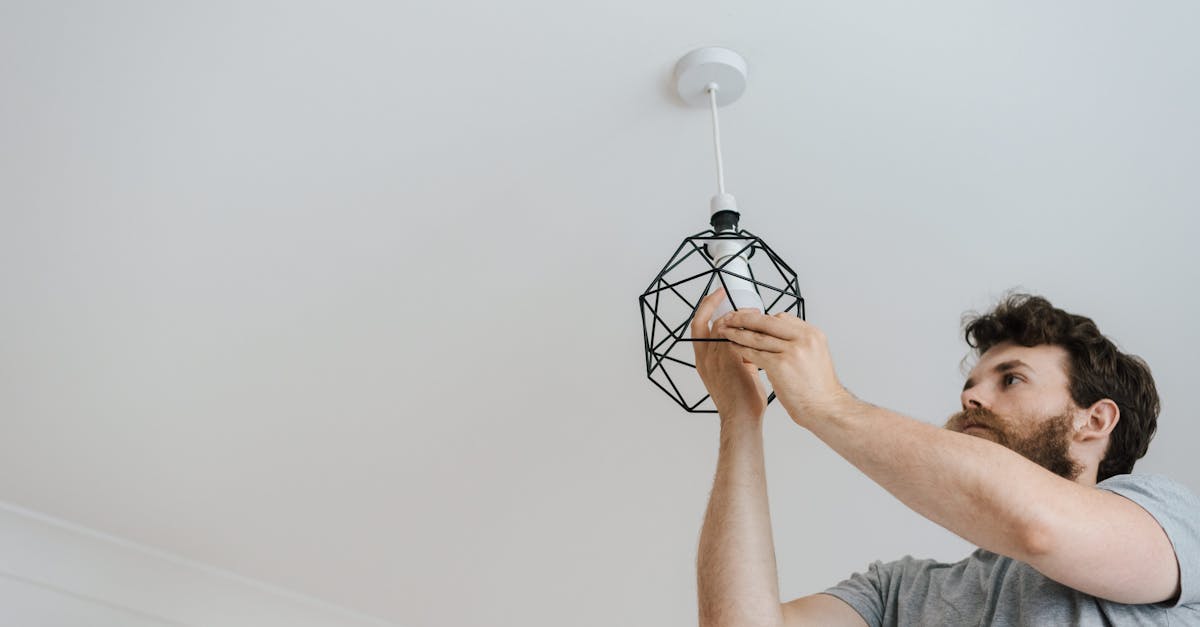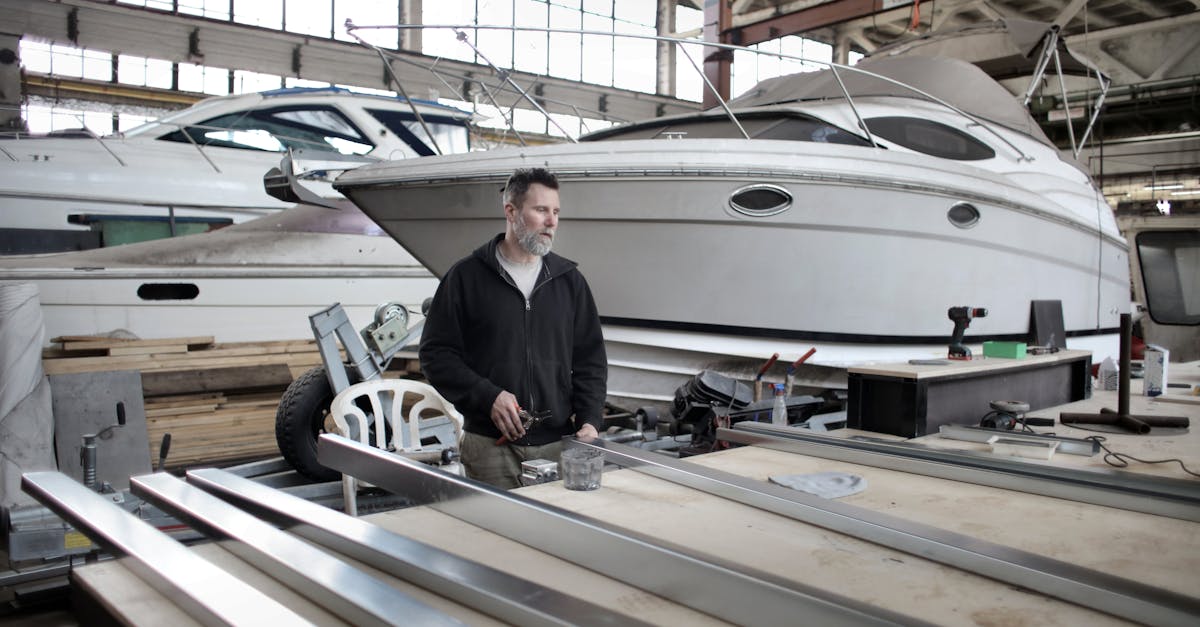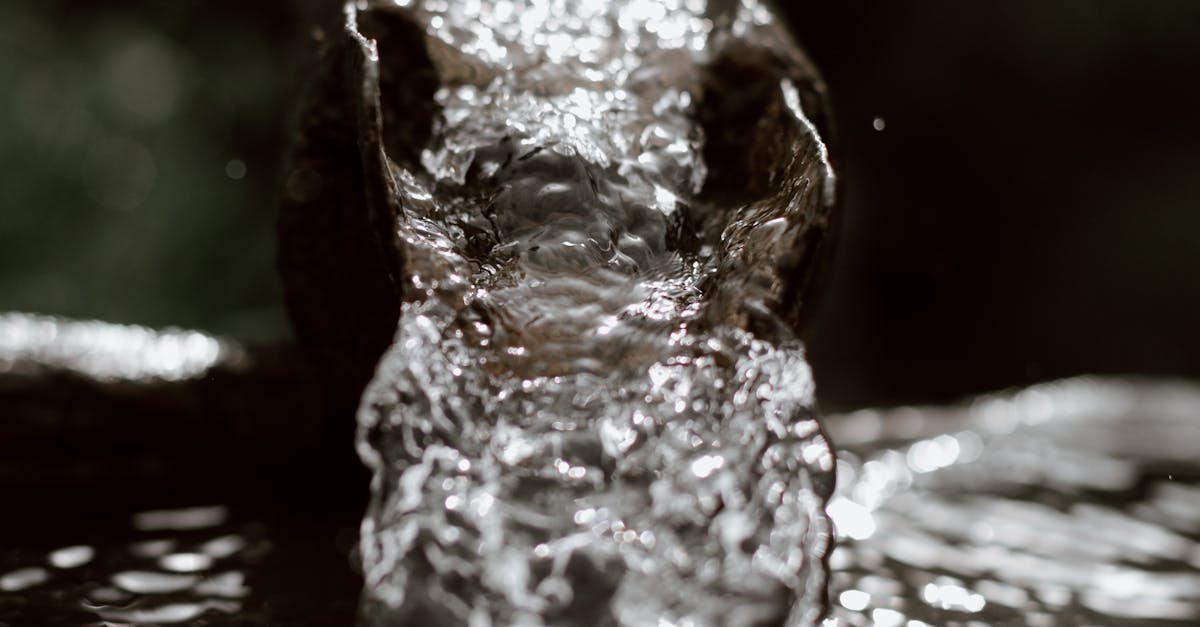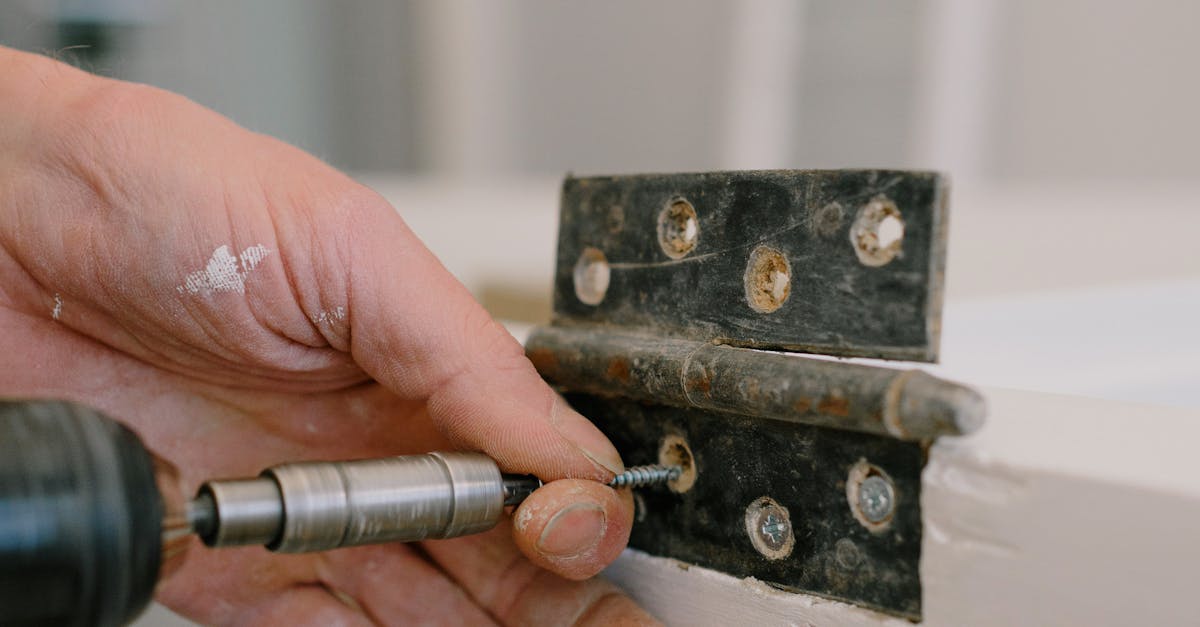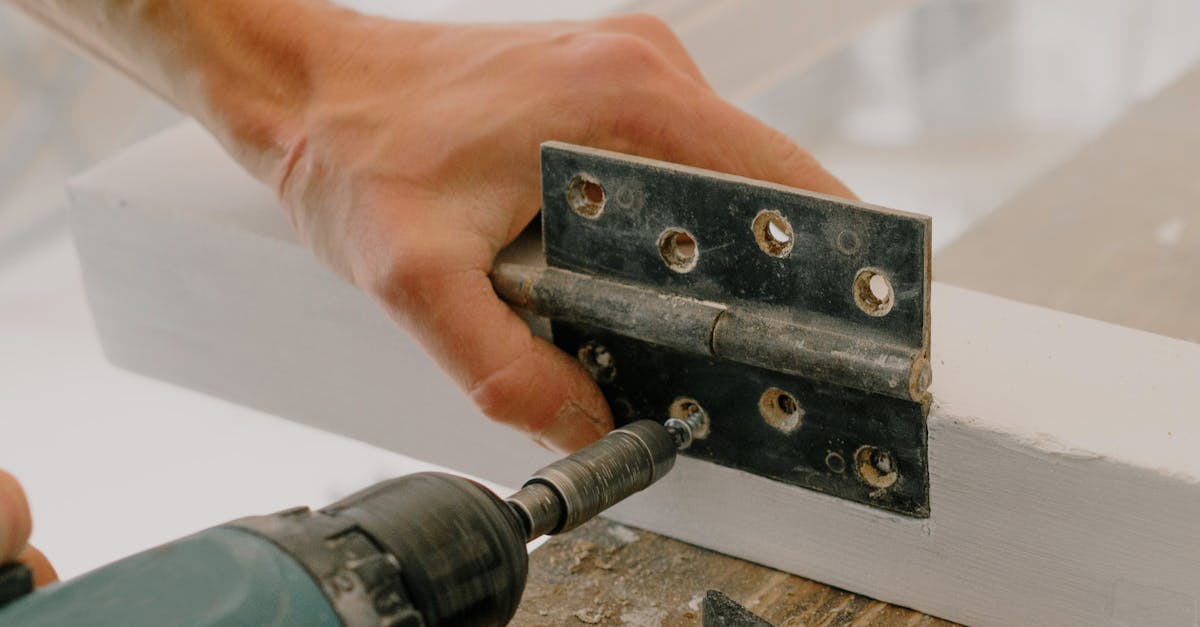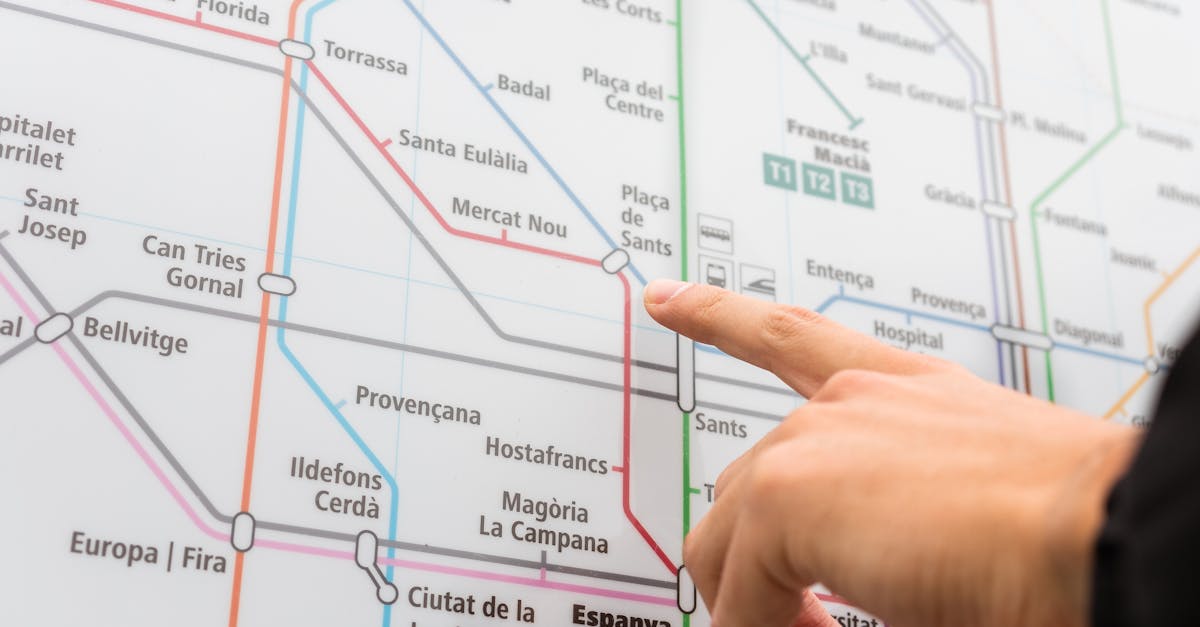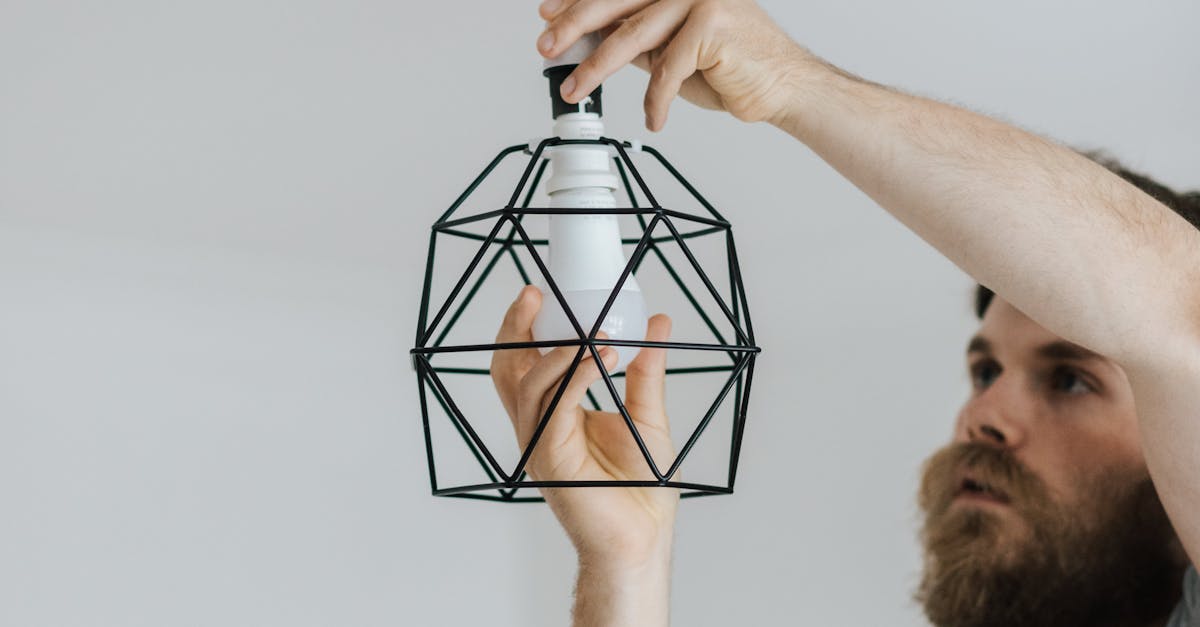
Table Of Contents
Cost Factors for Drain Relining
The cost of drain relining can vary significantly based on multiple factors, including the size of the drain, the extent of the damage, and the type of materials used in the relining process. Complexities such as access issues or the age of the existing pipes can also contribute to increased expenses. Homeowners should expect variable pricing based on the urgency of the situation, as well as the geographical location where the service is required.
In many cases, drain relining presents a more cost-effective and less disruptive alternative to traditional sewer line installation and repair. While initial costs may seem steep, the longevity and efficiency of a properly relined drain can offset these expenses over time. Additionally, avoiding extensive excavation can save money and minimise the impact on landscaping and existing structures.
What Influences Pricing?
The pricing for drain relining can vary significantly based on several factors. The extent of damage within the existing drainage system plays a crucial role in determining costs. Severely damaged pipes may require more extensive relining materials and techniques. Additionally, the depth and accessibility of the pipes influence the overall expense. Areas that are challenging to access may require more labour and specialised equipment, leading to higher charges.
Materials used in the relining process also impact the cost. High-quality resin and durable liner materials tend to be more expensive but can offer greater longevity. Similarly, the experience and reputation of the professionals conducting the work can affect pricing. A qualified technician may command a premium, but their expertise can lead to more successful outcomes in sewer line installation and repair. Homeowners should factor in these elements when budgeting for drain relining projects.
Comparing Drain Relining to Traditional Methods
Drain relining presents a modern solution for damaged pipes, differing significantly from traditional methods. Traditional techniques typically involve excavation, which can disrupt landscaping and daily life. This can lead to additional costs and time delays as the ground is unearthed. In contrast, drain relining utilises a minimally invasive approach, allowing for repairs without extensive digging. The process involves the installation of a new lining within the existing pipes, which can enhance the longevity and functionality of the sewer system.
While drain relining offers notable benefits, it is essential to consider the limitations when compared to traditional sewer line installation and repair. For some complex issues, traditional methods might be more suited due to their ability to provide a thorough inspection and direct access to underlying problems. Additionally, if the structural integrity of the existing pipes is severely compromised, drain relining may not provide a permanent fix. Understanding these distinctions helps homeowners make informed decisions regarding their plumbing repairs, balancing immediate needs with long-term solutions.
Advantages and Disadvantages
Drain relining offers several advantages that make it an attractive option for property owners facing drainage issues. This method is typically less invasive than traditional excavation techniques, which means minimal disruption to landscaping and structures above the pipes. Additionally, it usually requires less time to complete, reducing overall labour costs and allowing for the swift restoration of services. The process strengthens the existing pipes while providing a seamless lining that mitigates the risk of future leaks and blockages, ultimately extending the lifespan of sewer systems.
However, there are also drawbacks to consider when opting for drain relining. The initial costs can be higher than traditional sewer line installation and repair methods, depending on the complexity of the job and the materials used. Not all drainage issues can be effectively addressed with relining, especially if the pipes are extensively damaged or collapsed. In such cases, a complete replacement may be necessary, leading to additional expenses. Prospective clients should weigh these factors carefully when deciding on the best approach for their drainage problems.
Finding a Qualified Professional
When searching for a qualified professional for drain relining, it's essential to consider their experience and credentials in the field. Look for specialists who have a solid background in sewer line installation and repair, as this expertise directly correlates with the quality of work performed. A reliable professional should provide evidence of past projects and positive customer testimonials. It’s also wise to check for proper licensing and insurance to ensure they can handle any potential issues that may arise during the process.
Obtain multiple quotes to gain insight into the market rates and services offered by different contractors. This step can help inform your decision and allow for a clearer understanding of what is included in each estimate. Ask specific questions about the materials and techniques that will be utilised, as this can greatly affect both the durability of the repair and future maintenance needs. Engaging a professional with a reputation for quality can save time and money in the long run.
Tips for Selecting a Drain Relining Specialist
Selecting a qualified drain relining specialist requires careful consideration of their experience and expertise. Look for professionals who have a proven track record in sewer line installation and repair. Reading customer reviews can provide insight into their work quality. It's essential to choose someone familiar with the latest technologies and methods used in drain relining.
Additionally, ensure the specialist offers a detailed assessment before starting any work. A thorough evaluation can help identify underlying issues that may not be immediately visible. Requesting a comprehensive quote, including potential additional costs, will also facilitate better budgeting and decision-making. Always check that they are licensed and insured to protect yourself from any unforeseen complications during the project.
FAQS
What is drain relining?
Drain relining is a method of repairing damaged or deteriorating drainage pipes by applying a new lining inside the existing pipe, creating a smooth, durable surface without the need for excavation.
How much does drain relining typically cost?
The cost of drain relining can vary depending on factors such as the length of the pipe, the extent of damage, and the specific materials used, but it is generally more affordable than traditional excavation methods.
What are the benefits of using drain relining over traditional repair methods?
Drain relining offers several advantages, including minimal disruption to your property, a quicker installation process, and increased durability of the pipes, which can extend their lifespan.
Are there any downsides to drain relining?
Yes, some potential disadvantages of drain relining include the possibility that it may not be suitable for all types of damage, such as severe structural issues, and it may require access to the existing pipe.
How do I find a qualified drain relining professional?
To find a qualified drain relining specialist, consider seeking recommendations, checking online reviews, and ensuring they are licensed and experienced in using modern relining techniques.
